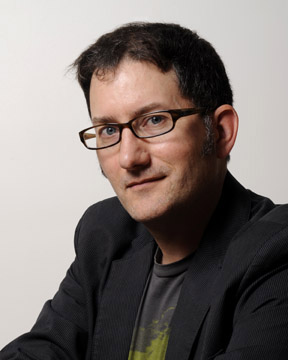
I look back at my time in the Queen's Fine Arts Programme as being fundamental to my outlook as an artist. There were, of course, techniques and mediums to be learned, but what was most important was learning how to look and think on my own. To this end, Queen’s professors were particularly good at keeping me productively off-balance.
I vividly recall painting from a still life of fruit in the large studio. This was the third such exercise Prof. D.A had us undertaking in his first-year painting class. I had become somewhat frustrated by trying to hold all of the instructions in my head while still trying to create a faithful rendition of the still life in front of me. I gave up at one point, became much bolder and slathered down a good deal of paint. Prof. D.A. came by and said quietly, “Looks like you’ve said ‘To hell with it’.” “Ya”, I responded. “Good.” he said. I realized then how I was being coerced. I had been pushed to the point where the process was becoming automatic and I was now pushing myself beyond the parameters of the exercise. (Note: Prof. D.A. maintained there was no such thing as an exercise.)
I majored in sculpture and graduated in 1987. The work method back then was very instinctual: move bits around, weld, cut, add and manipulate. The sculpture was complete when you sensed it was. My practice today however is very different. Not only do I do little sculpture, but my work is largely conceptual. That is not to say that the time spent in the sculpture studio is not now important; quite the contrary. Time spent reflecting upon shapes and they way objects related to each other has done me very well. When I am assessing an architectural plan for the purposes of a public art commission, I seem to be able to read the architect's intent and am then able to form an idea that resonates with the overall plan.
I am currently pursuing drawings. My work creating public art commissions and site-specific pieces has led to some demand for smaller purchasable artworks. These drawings examine pre-digital technologies and how energy and motion from the past have been retained as an inherent part of their design. How marketable are these small, minimal, conceptual drawings is another question.
Learn more about Adrian Göllner

2005
dichroic glass and aluminum 6.2m round
Berlin

2011
installation